
Verra Has Registered Its First Blue Carbon Conservation Project

Verra has registered its first “blue carbon” conservation project, a critical step to scaling up climate action. The Blue Carbon Project Gulf of Morrosquillo in Colombia will sequester almost one million tonnes of carbon dioxide over 30 years by conserving and sustainably managing 7,561 hectares of coastal mangrove ecosystem, marshes, and associated streams.
“Blue carbon” refers to carbon dioxide stored in coastal wetlands, including mangroves, seagrasses and salt marshes. These ecosystems have a disproportionately high carbon sequestration and storage capacity compared to terrestrial forests and other ocean ecosystems. Although they cover less than 2% of total ocean area, mangroves, seagrasses and salt marshes account for half of the carbon stored in oceans due to their ability to draw down atmospheric carbon and trap it for long periods of time. Scaling up blue carbon activities is therefore critical to solve the climate emergency.
Blue carbon activities also provide important economic, social, and environmental benefits for local communities. This project will:
- Strengthen local governance through local municipality and community participation in sustainable management practices;
- Rescue, rehabilitate, and protect the habitat of several endangered species such as manatees and otters;
- Reduce social barriers related to poverty by promoting jobs and activities such as bee-keeping and ecotourism; and
- Introduce sustainable food sources such as community gardens.
The Blue Carbon Project Gulf of Morrosquillo was developed by Conservation International with the technical support of South Pole, using a Verra methodology (VM0007) that was revised in September 2020 to include tidal wetland conservation and restoration activities. Instituto de Investigaciones Marinas y Costeras (INVEMAR), Regional Autonomous Corporation of Sinu and San Jorge Valleys (CVS), Regional Autonomous Corporation of Sucre (CARSUCRE), and Fundación Omacha are implementing and monitoring the project with validation conducted by AENOR. The Colombian General Directorate of Maritime Affairs (DIMAR) provided valuable input and support for the project.

SeaForest LIFE presented at EGU 2021
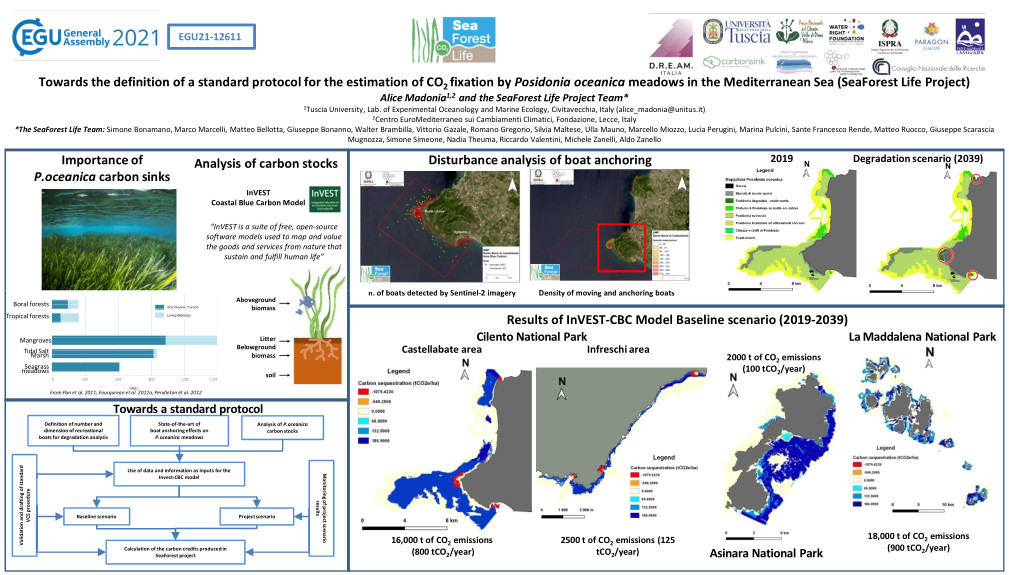
During the European Geosciences Union General Assembly 2021, the largest and most important European geosciences event, held online between 19-30 April 2021, the SeaForest team presented the work "Towards the definition of a standard protocol for the estimation of CO2 fixation by Posidonia oceanica meadows in the Mediterranean Sea (SeaForest Life Project)", within the session dedicated to the "Effects of anthropogenic pressures on marine ecosystems". During the conference, Life SeaForest project was illustrated, with a particular focus on the results of the analysis of the effects caused by boat anchoring on P.oceanica carbon fuxes in the Cilento, Asinara and La Maddalena National Parks.
EGU is the leading organization for scientific research in Europe, counting more than 20,000 members from scientific institutions around the world, thus allowing the dissemination and sharing of the results obtained by the scientific community in all geosciences fields.
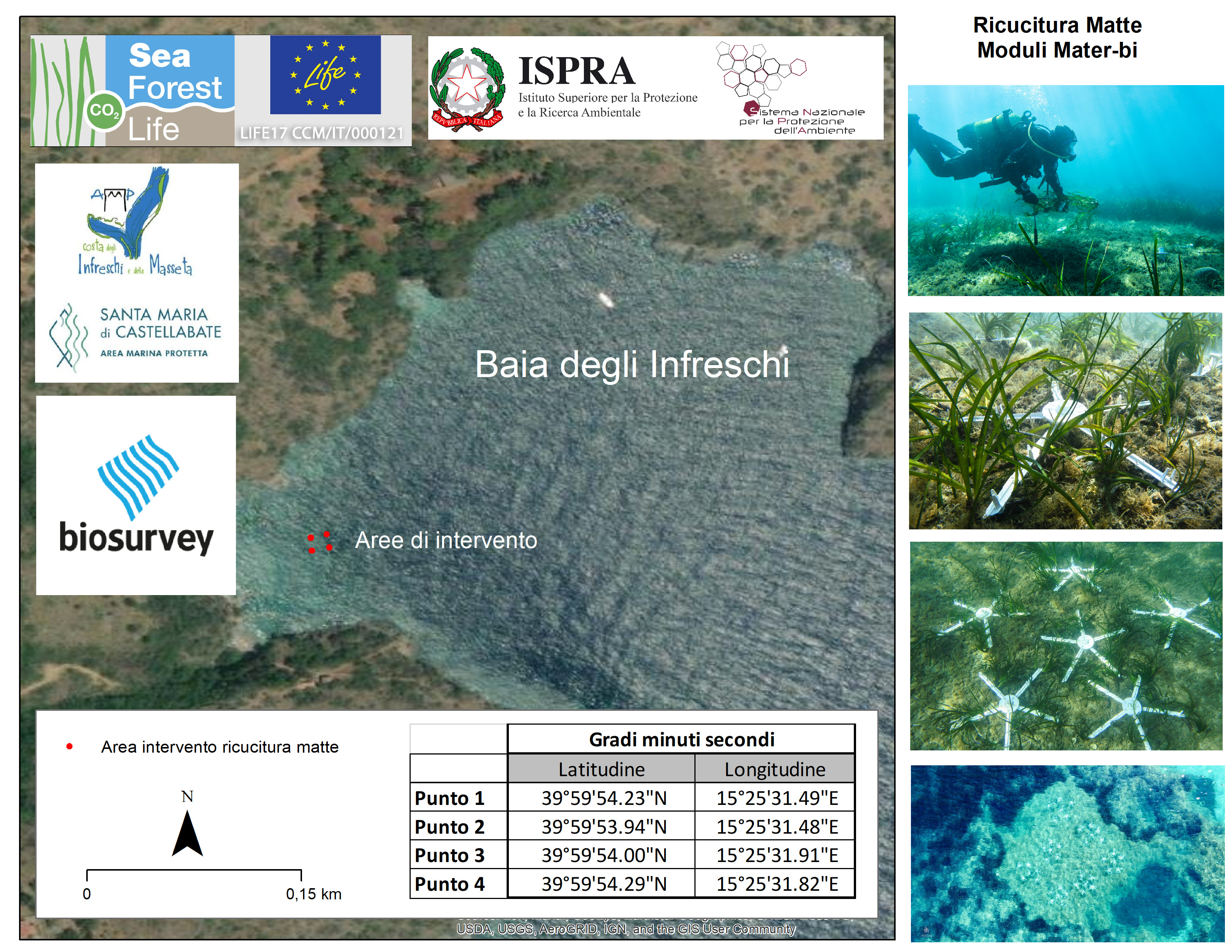
Intervention of mending the matte inside the Marine Protected Area Costa degli Infreschi and Massetta
Pilot intervention to re-stitch the matte has been set up within the Costa degli Infreschi and Massetta Marine Protected Area, through the use of star-shaped modules, made of Mater-Bi, patented by Biosurvey a University of Palermo Spin-off.
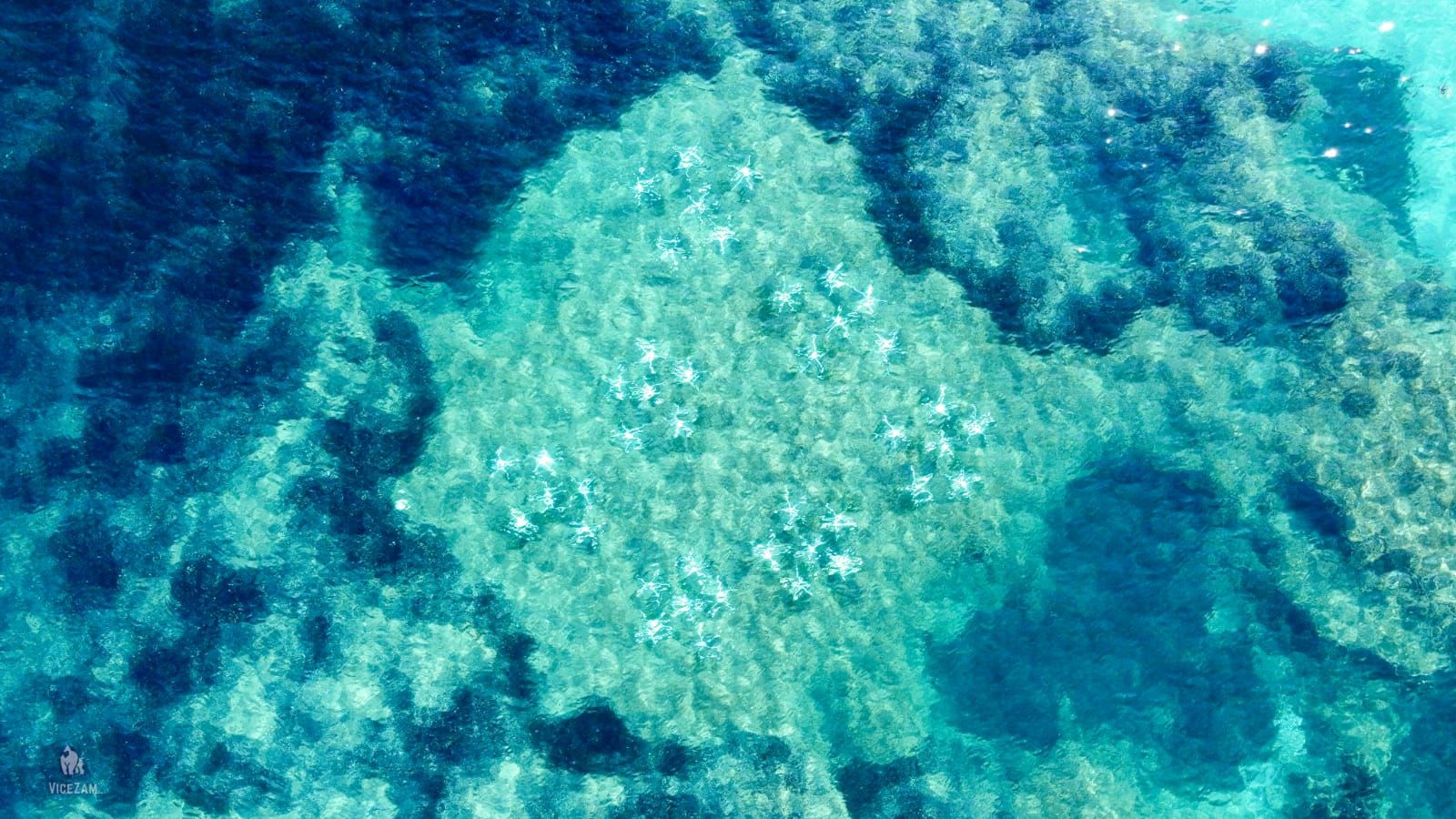
The mending operation was carried out inside the Infreschi Bay, in the Cilento, Vallo di Diano and Alburni National Park, on a surface of matte "probably generated" following the anchoring of pleasure boats over time. In total 42 Mater-bi modules were used, in order to generate 7 growth nuclei, each growth nucleus is made up of 6 cuttings anchoring modules (5 + 1 central). The activity was carried out by recovering detached and stranded cuttings from the Spin-off Biosurvey, coordinated by ISPRA, the beneficiary partner of the project.
The intervention site is located at a low depth, therefore visible from the surface, and will be used by the Marine Protected Area for awareness-raising visits, for Citizen Science activities and for the home of seedlings, if there will be a way to find them during the course of the LIFE project.
CLICK HERE to see the 3D model of the intervention area.


SeaForest LIFE at the Nautical Institute of Procida
Last week an on-line seminar was held with the Nautical Institute of Procida regarding the protection of Posidonia oceanica and the impacts generated by recreational boating, an activity carried out within the Senate and Environment Call. In this regard, ISPRA beneficiary of our project, supported the classes in an analysis using satellite images of the flow of pleasure boating around the island in order to verify the possible impacts on the Posidona meadaows and on hydrocarbon pollution. The seminar naturally talked about the SeaForest LIFE project, the protection of P. oceanica and the new innovative monitoring systems. Specifically, the monitoring and census procedures of the boats developed within our project have been adopted.
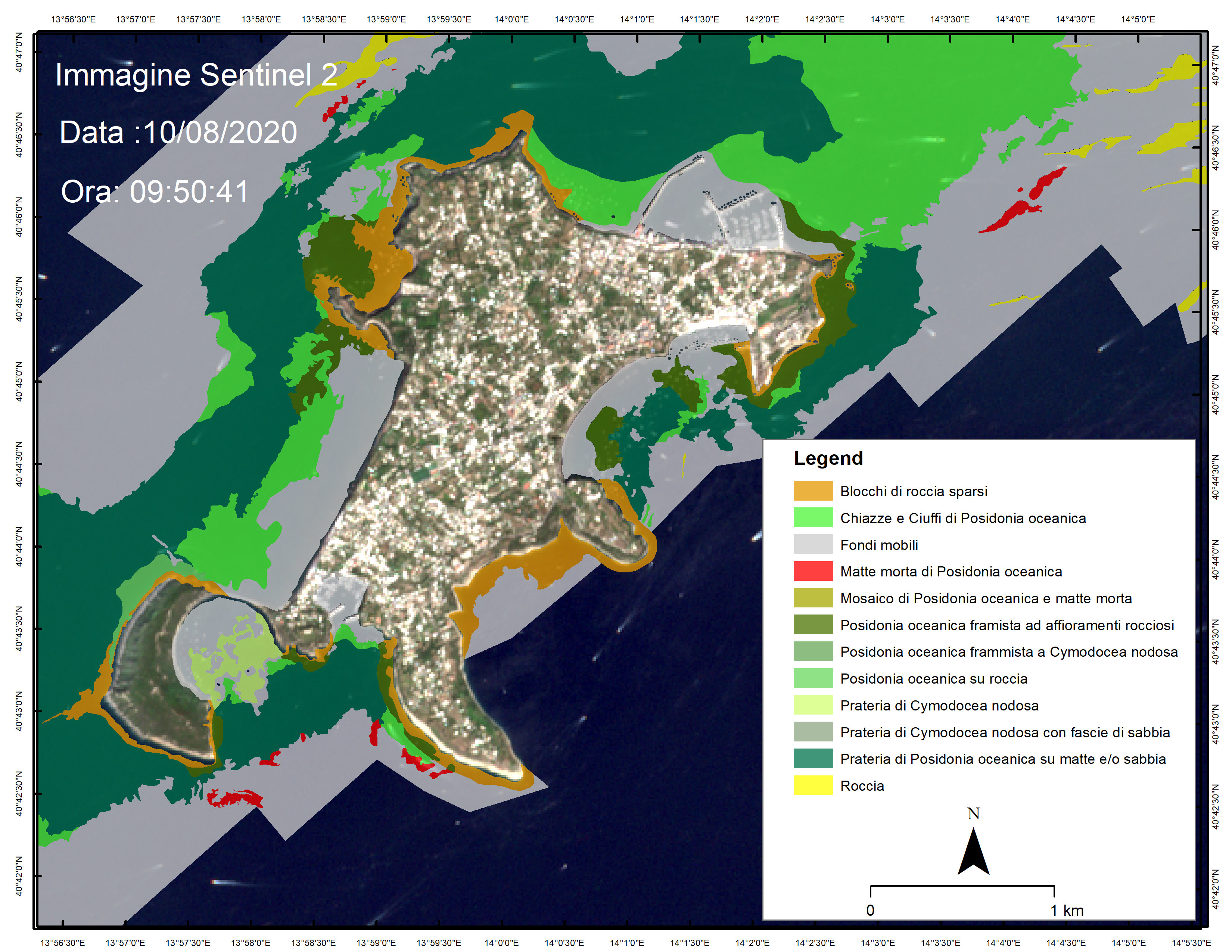
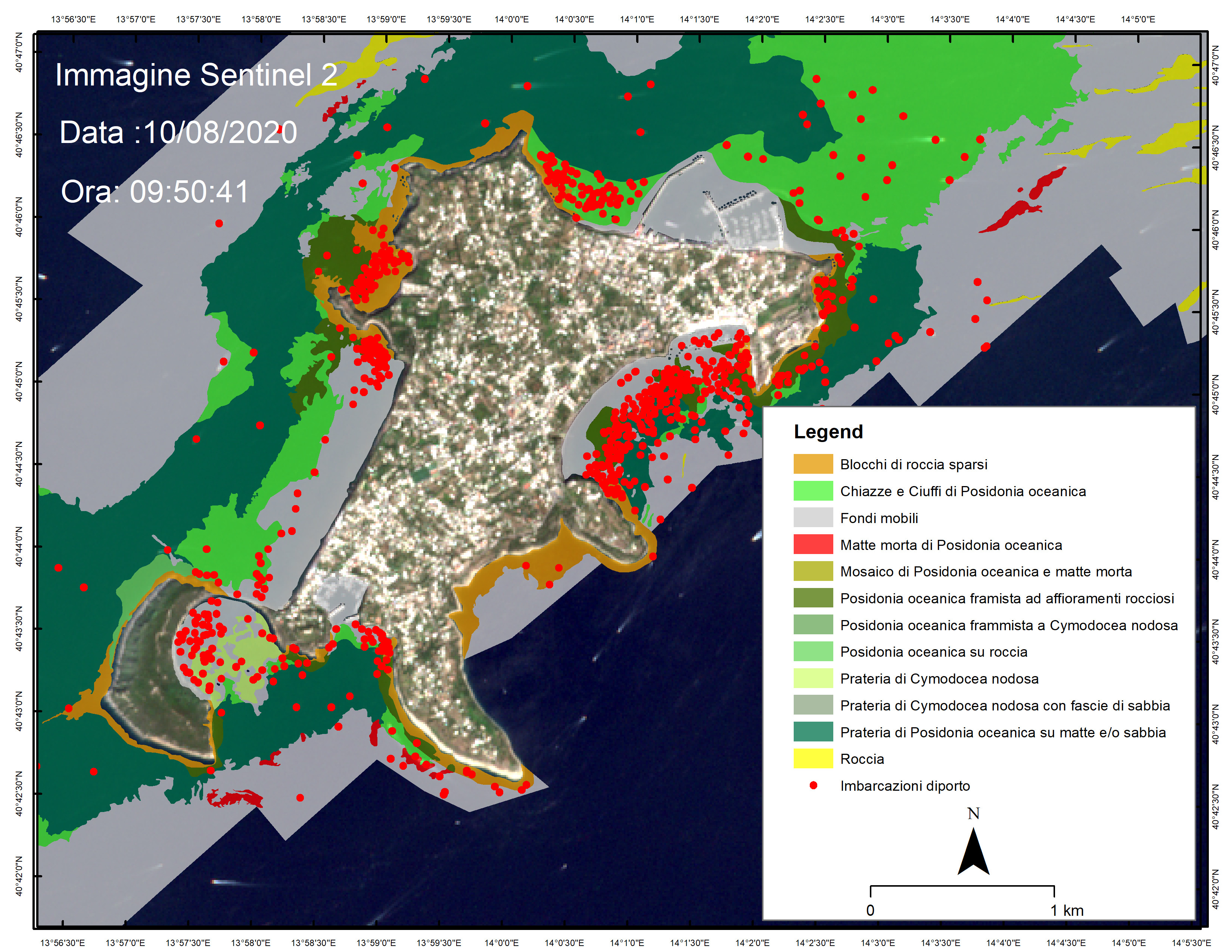
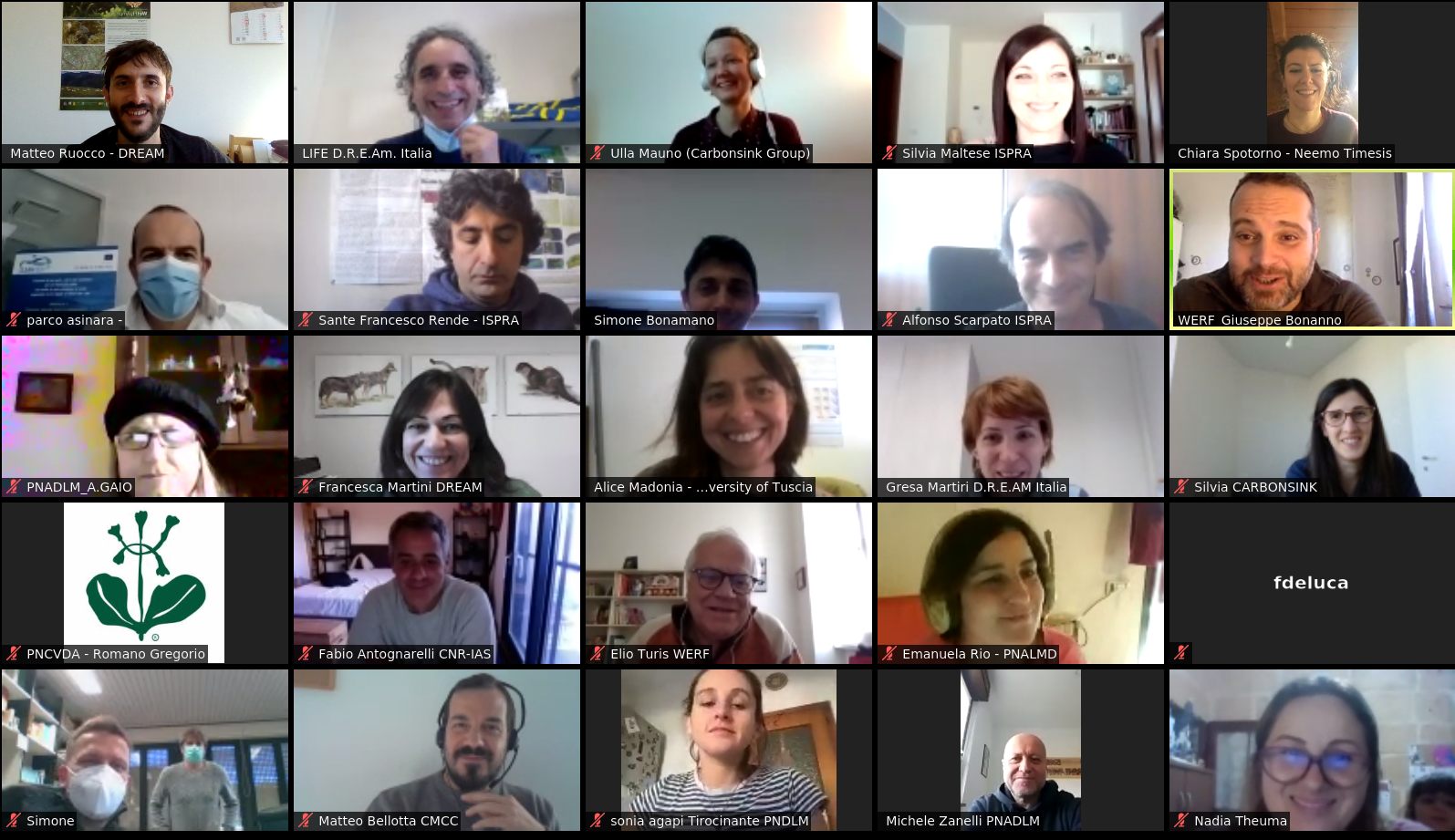
Monitoring visit 2020
The monitoring visit 2020 to our project was held on Monday 14th December.
An important moment of evaluation and comparison with the monitor of the NEEMO - THIMESIS team.
Unfortunately, for this year we have to settle for videoconferencing, hoping to be able to see us in person soon!




